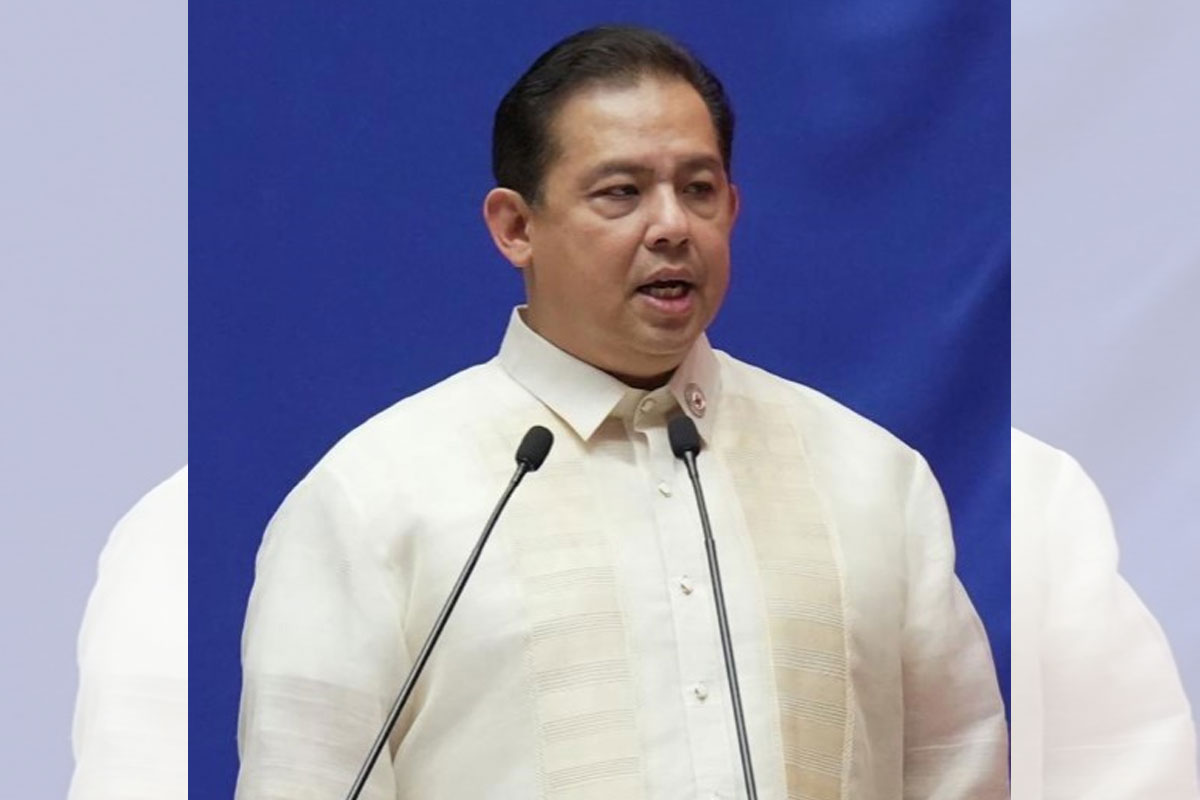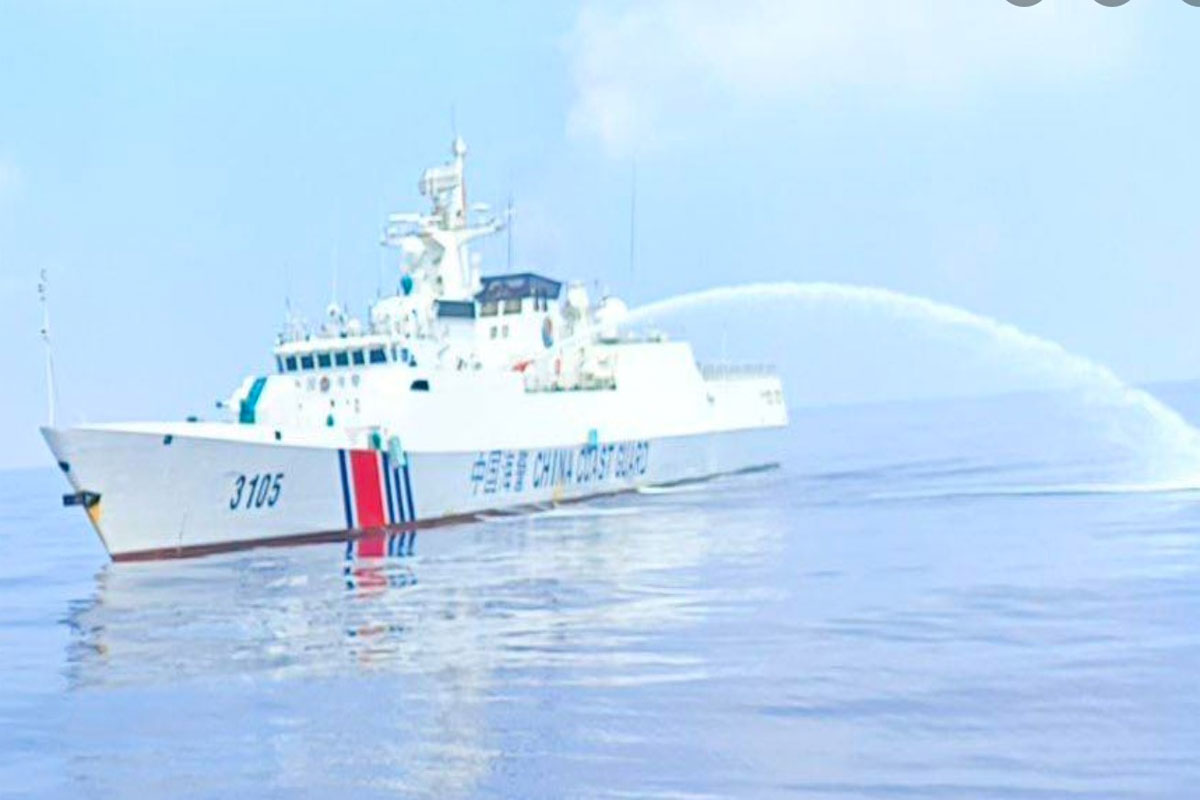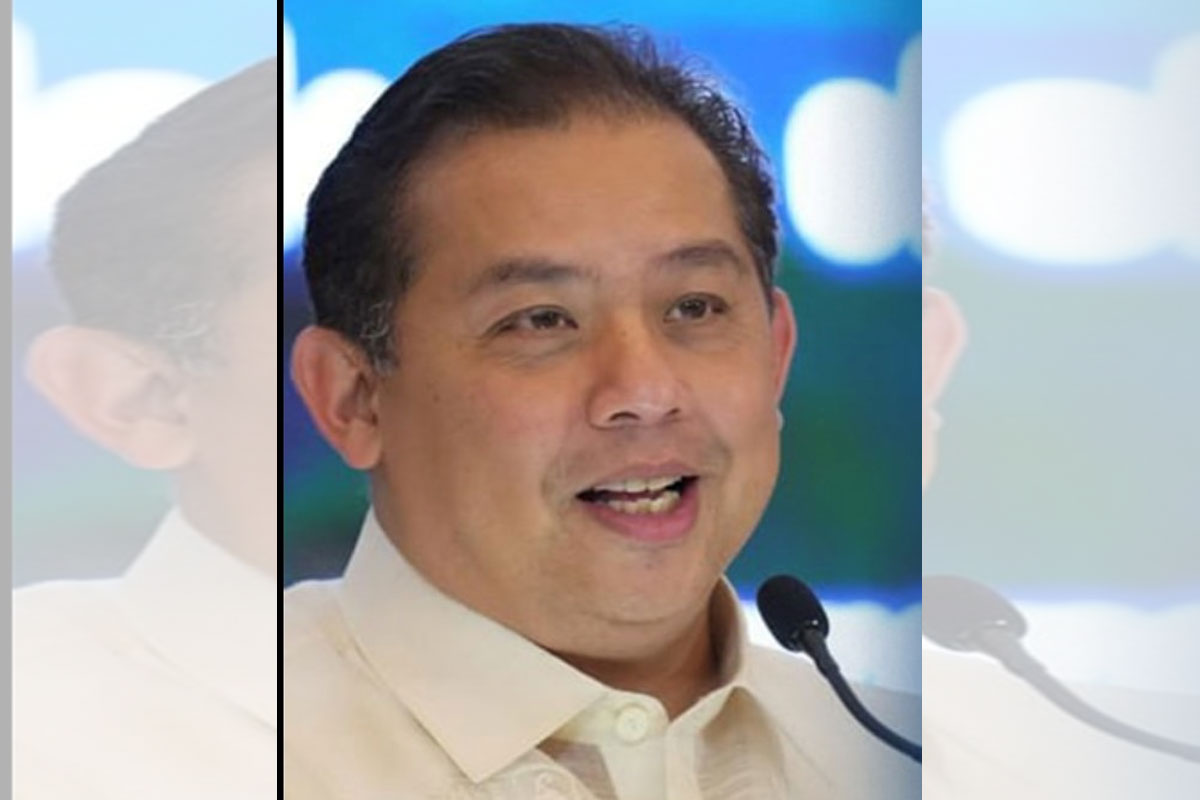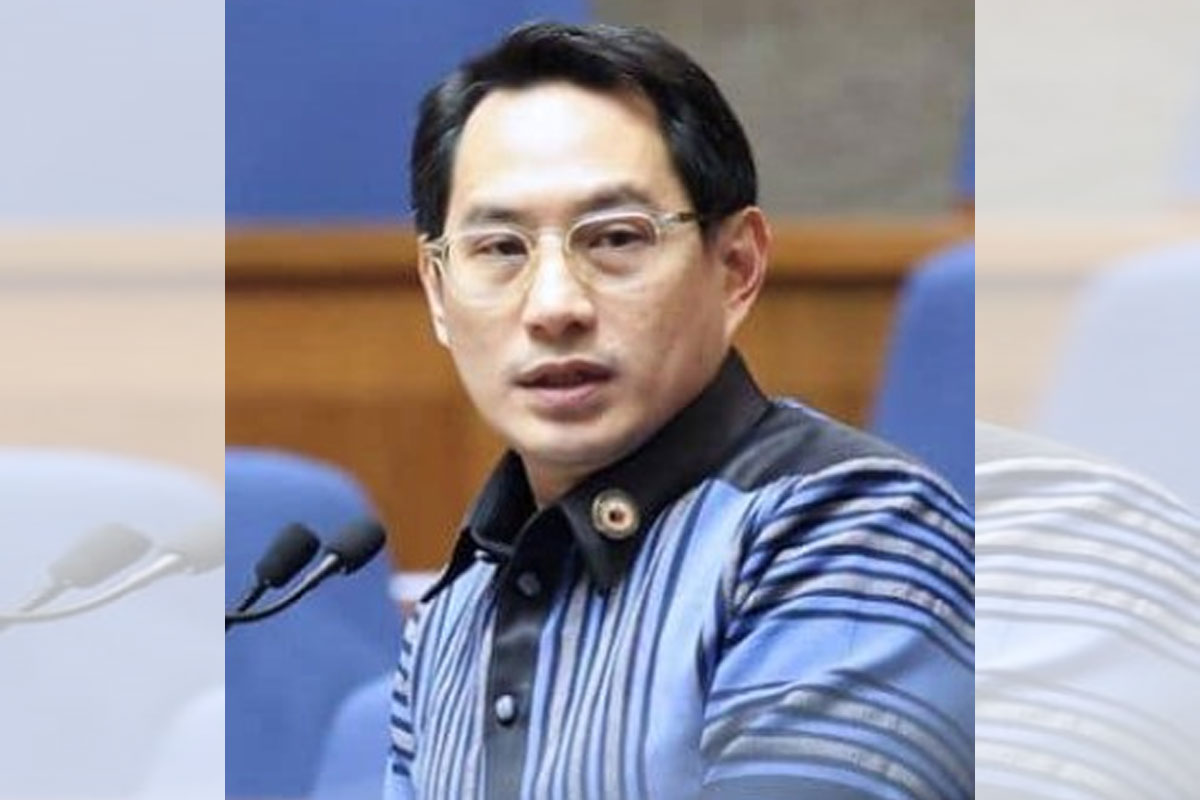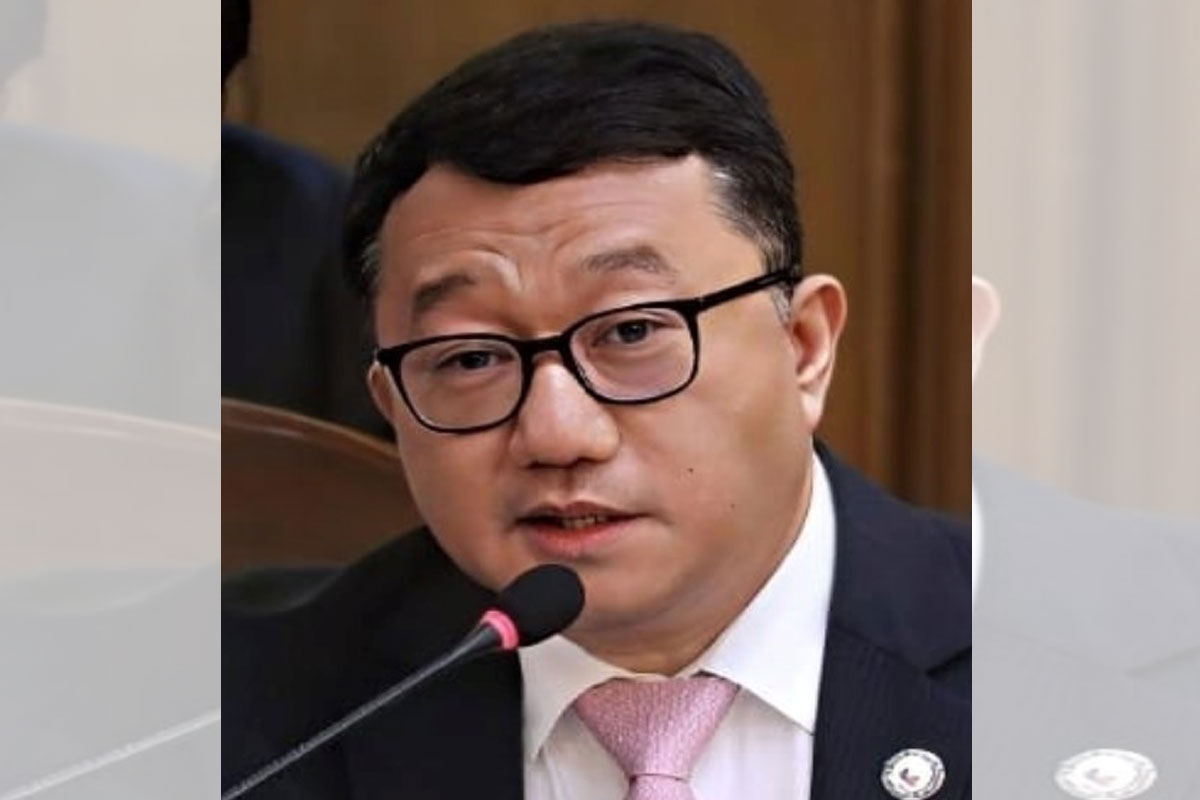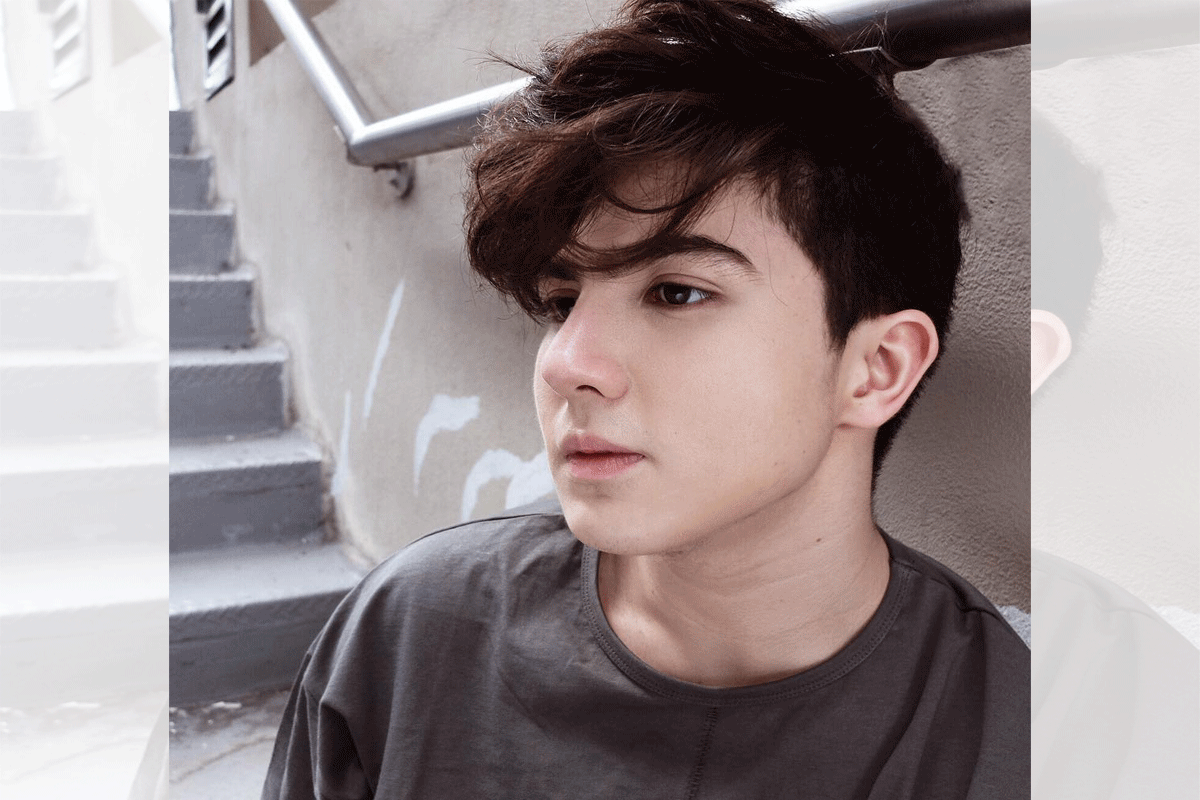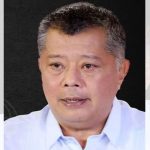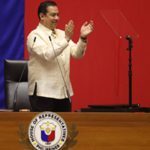
PBBM secures $14B investment pledges for RE
PRESIDENT Ferdinand “Bongbong” Marcos Jr. has secured almost $14 billion-worth of pledges from renewable energy (RE) investors in his three-day state visit to Beijing that will boost the Philippines’ brave goal to reduce its carbon footprint by 75 percent by pursuing cash-intensive programs amid budgetary constraints, thereby accelerating the country’s switch from fossil fuel to renewables, said Camarines Sur Rep. LRay Villafuerte.
“The President has walked the talk on decarbonization with his coup in Beijing of hauling in close to $14 billion in investment pledges from Chinese companies, which will give a big boost to our country’s ambitious goal of GHG (greenhouse gas) emission reduction and avoidance of 75% over the 2020-2030 period and the switch to the use of 35% of renewables in our total power requirements by 2030 and a higher 50% energy mix by 2040,” Villafuerte said.
The National Unity Party (NUP) president said: “Mr. Marcos’ push for RE investments to achieve a greener economy and reduce our country’s carbon footprint was in sync with his steady pitch in all his foreign trips since he assumed the presidency for climate justice, by securing funding support from the world’s affluent economies yet worst GCG polluters for programs that would help high-risk developing nations like the Philippines shift to cash-intensive RE sources and better adapt to worsening natural disasters set off by planet heating.”
Such pledges for RE ventures made up almost half of all the investment plans totalling $22.8 billion that Chinese investors had presented separately to President Marcos during his 48-hour visit.
“And the President managed to pull off this coup in his three-day Beijing state visit with investment pledges from Chinese RE investors worth close to $14 billion, or equivalent to a whopping P700 billion, given that no such financial aid for climate justice is apparently coming anytime soon from the world’s biggest GHG emitters or carbon polluters, judging from the agreement – or lack of it – that was reached at the end of last year’s COP27 in Egypt,” Villafuerte said.
Villafuerte was referring to the outcome of the 27th session of the Conference of the Parties (COP27) to the United Nations Framework Convention on Climate Change (UNFCCC), which was held last Nov. 6-18 at the resort city of Sharm el-Sheik in Egypt.
At the end of that summit, wealthy countries agreed for the first time ever to put up a “loss and damage” fund for vulnerable nations like the Philippines that bear the brunt of climate change, but avoided making firm commitments on how much exactly would be given and when such would be released to the intended beneficiary-countries like the Philippines, he said.
COP27 ended with an agreement for country-participants to create a “transitional panel” that would work on the “loss and damage” details in time for formal presentation at COP28, which is due in Dubai, United Arab Emirates this Nov. 30 to Dec. 12, he added.
“The world’s biggest carbon polluters appear not too keen about raising by themselves alone the funds for ‘loss and damage’ as one of the tasks of the would-be ‘transitional committee,’ as agreed upon at COP27, was to ‘identify and expand the funding base’,” said Villafuerte.
“It was the job of this ‘transitional panel’ to look for other sources, like financial institutions, that would be asked to contribute to this compensation fund for the most vulnerable states like the Philippines,” he added.
Villafuerte pointed out that by the time COP27 wrapped up in November 2022, aggregate pledges from country-participants for “loss and damage’ financing reached only $213.5 million.
Based on reports, the preliminary pledges have come from the United States ($100 million), Austria ($50 million), Canada ($18 million), Denmark ($13 million), New Zealand ($12 million), Ireland ($10 million), Scotland ($8 million) and Belgium ($2.5 million) – a total of $213.5 million.
The $213.5 million in COP27 pledges is a puny 1.53 percent of the nearly $14 billion-worth of RE investments pledged before President Marcos for the Philippines alone in Beijing, Villafuerte noted.
Hence, said Villafuerte, “The investment pledges worth more than P700 billion from the chief executive officers (CEOs) of Chinese corporations engaged in the RE business was a triumph for the country, courtesy of the President, as such hefty investments would allow us to frontload our own programs on clean energy development and climate change mitigation and adaptation – in the absence of concrete and immediate ‘loss and damage’ compensation from affluent states that are also the largest emitters of GHG largely responsible for increasing global temperatures.”
Villafuerte issued this statement as the President’s engagements in Beijing included a meeting with Chinese CEOs of RE companies who pledged a combined $13.76 billion in investments for the Philippine energy sector.
According to a statement from the newly reorganized Presidential Communications Office (PCO), the President said during his roundtable with Chinese CEOs of RE businesses that investment opportunities await them in the Philippines as energy demand continues to grow and keep pace with its expected strong economic growth.
“We look forward to more Chinese investments in renewable energy pursuits such as in solar and wind, as well as in related sectors including battery energy storage systems and off-grid power supply systems,” Marcos said.
He said the Chinese RE investors may also find potential in the manufacturing of RE project parts and equipment, and expressed the hope that they could help the Philippines develop expertise in power generation equipment manufacturing.
The President likewise welcomed these Chinese investors in photovoltaic, onshore and offshore wind turbine generation, waste-to-energy and other RE projects, as well as in the more specialized areas of hydrogen production and storage, energy storage systems and off-grid energy systems.
The PCO statement said that in that meeting with the President, Energy Secretary Raphael Lotilla told the Chinese CEOs about the Marcos administration’s goal of attaining 35 percent RE use by 2030 and 50 percent by 2040.
To meet those targets, Lotilla said an additional 52,000 megawatts of RE by 2040 will be needed.
“And of the 52,000 (energy demand), 27,000 megawatts will be from solar and another 16,000 megawatts from wind. But this does not take into account right now the total offshore wind potential of 178 gigawatts or 178,000 megawatts for the Philippines as a whole,” Lotilla said.
Villafuerte recalled that President Marcos and the Department of Energy (DOE) are seeking to optimize the use of renewables in a bid to boost domestic clean energy supply in the future.
In a year-end report released by the PCO, the DOE said its major plans for 2023 include “updating the Philippine Energy Plan, pursuing contingency measures and activities to ensure energy supply during critical periods, and pushing for the continued development of alternative fuel and improving access to electricity.”
It cited that the DOE, in partnership with the Energy Regulatory Commission, is also set “to develop the policy and framework for new and emerging RE technologies. These include offshore wind, waste-to-energy, expanded rooftop solar program, as well as ocean and tidal stream energy.”
The Marcos administration has increased investments in RE projects, it said, “to meet the target of 35% RE share in the country’s power generation mix by 2030 and 50% by 2040.”
Villafuerte pointed out that to encourage more investors in RE development, the Marcos administration has allowed 100 percent foreign capital in RE projects by amending the implementing rules and regulations of Republic Act 9513 or the Renewable Energy Act of 2008, which had previously put a 40 percent cap on foreign ownership of RE projects.
In his trip last December to Belgium for the Association of Southeast Asian Nations-European Union (ASEAN-EU) Commemorative Summit, President Marcos had similarly secured investment pledges from European companies engaged in RE and sustainable infrastructure solutions.
Citing a PCO report, Villafuerte said the Spanish conglomerate Acciona, for one, had committed to invest in the country’s RE sector during the meeting between its chairman, Jose Manuel Entrecanales, and Marcos on the sidelines of the ASEAN-EU Commemorative Summit.
In his participation at the Asia-Pacific Economic Cooperation (APEC) CEO Summit in Bangkok last Nov. 18-19, President Marcos said the Philippines had prioritized RE options such as hydropower, geothermal power, solar and other low-emission energy sources.
Villafuerte observed that in his foreign trips, President Marcos had consistently warned other heads of states that the world is now facing what he called “the greatest environmental challenges of all time” that require “strong, immediate and coordinated international action.”
At the APEC Forum in Bangkok, Marcos had reiterated the Philippines’ commitment to advancing cooperative solutions from the previously agreed international accords on protecting the environment and reversing the climate crisis, including the UNFCCC of 1992 and the Paris Climate Accords (Paris Agreement) of 2015.
“As one of the economies at greatest risk from the climate crisis, the Philippines is committed to advancing these cooperative solutions,” said President Marcos.
Villafuerte said that in the AELM Retreat Session II, also in Bangkok, Marcos had urged the regional economic bloc to contribute to a trade and investment environment that helps countries cut GHG emissions, facilitate climate financing and ensure genuine and effective technology transfer for the most vulnerable developing economies.
He said Marcos has “the moral high ground to champion climate action for all developing states that are reeling from the largely unbridled pollution caused mainly by the world’s richest countries like the US (United States) and China, given that he is President of our country that is regarded as one of the nations, if not the No. 1 nation, most vulnerable to worsening climate change hazards like killer typhoons, flash floods and prolonged dry spells.”
Moreover, Villafuerte added that the Chief Executive is “the most ideal point person for the climate-action advocacy, because rather than mope over the dismal failure of rich nations to come through on their pledge in 2009 yet to extend $100 billion-worth of annual financial aid by 2020 to developing states, the Philippines, under President Marcos’ leadership, is pursuing a bold and ambitious agenda on climate action despite anemic financial support from the developed world for high-risk countries to cut their carbon footprint.”






